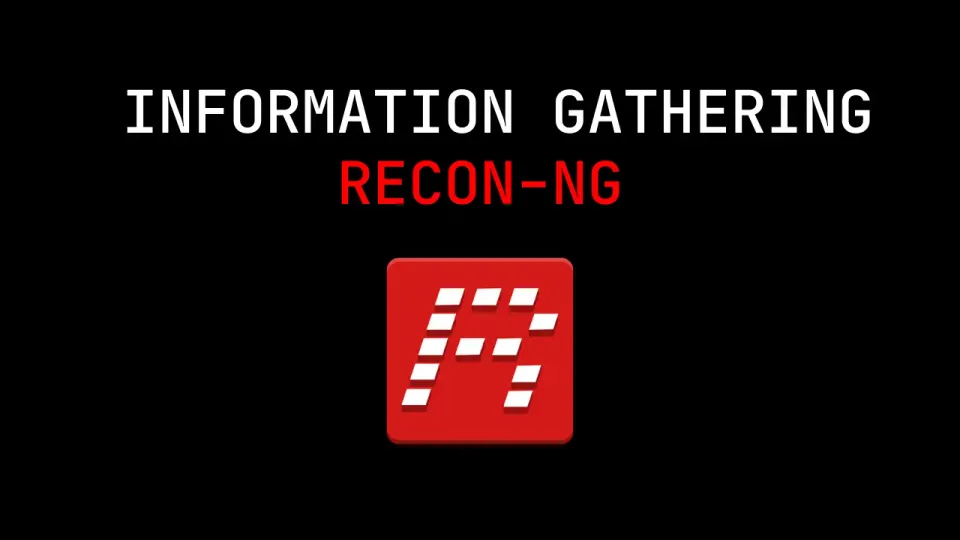Native Node
Information Technology made simple 👍
Information Technology made simple 👍
Subscribe to our newsletter

Recon-ng Command Reference for OSINT Recon-ng is a powerful open-source intelligence (OSINT) gathering tool designed for web-based reconnaissance. Its command-line interface, similar to Metasploit, provides a modular framework for ethical hackers, penetration testers, and bug bounty hunters. Below is a comprehensive list of Recon-ng commands, categorized for ease of use,

This is the bare bone node, version 1, where anything goes and most things fail. Here you will be able to follow the progress and testing of my first portable Off-Grid Network Node. The Plan Version 1.0 will be set up with a Telstra Mobile Repeater and Starlink internet

As 2025 moved into the second half of the year, I started thinking about new technology services that could serve remote Australia. I didn't want to just resell straight off the shelf, I wanted it to be something that I could design, build and deploy which is unique

Keep up to date with the progress being made on our Portable Off-Grid Network Nodes. Version One Node V1.0 Version Two Version 2.0 is stilling being pondered

A simplified step by step process of a forensic genealogy investigation. Step 1 Obtain and Assess DNA Data Receive the Single Nucleotide Polymorphism (SNP) profile from the DNA sample. The SNP profile is typically generated from a bone or tooth sample using whole-genome sequencing or a SNP array. The profile

Parrot OS, a Linux-based operating system tailored for security researchers and digital forensics investigators, is a great choice for conducting forensic investigations due to its lightweight design, privacy-focused features, and extensive suite of pre-installed tools. This is how Parrot OS can be used for digital forensics, with a detailed focus